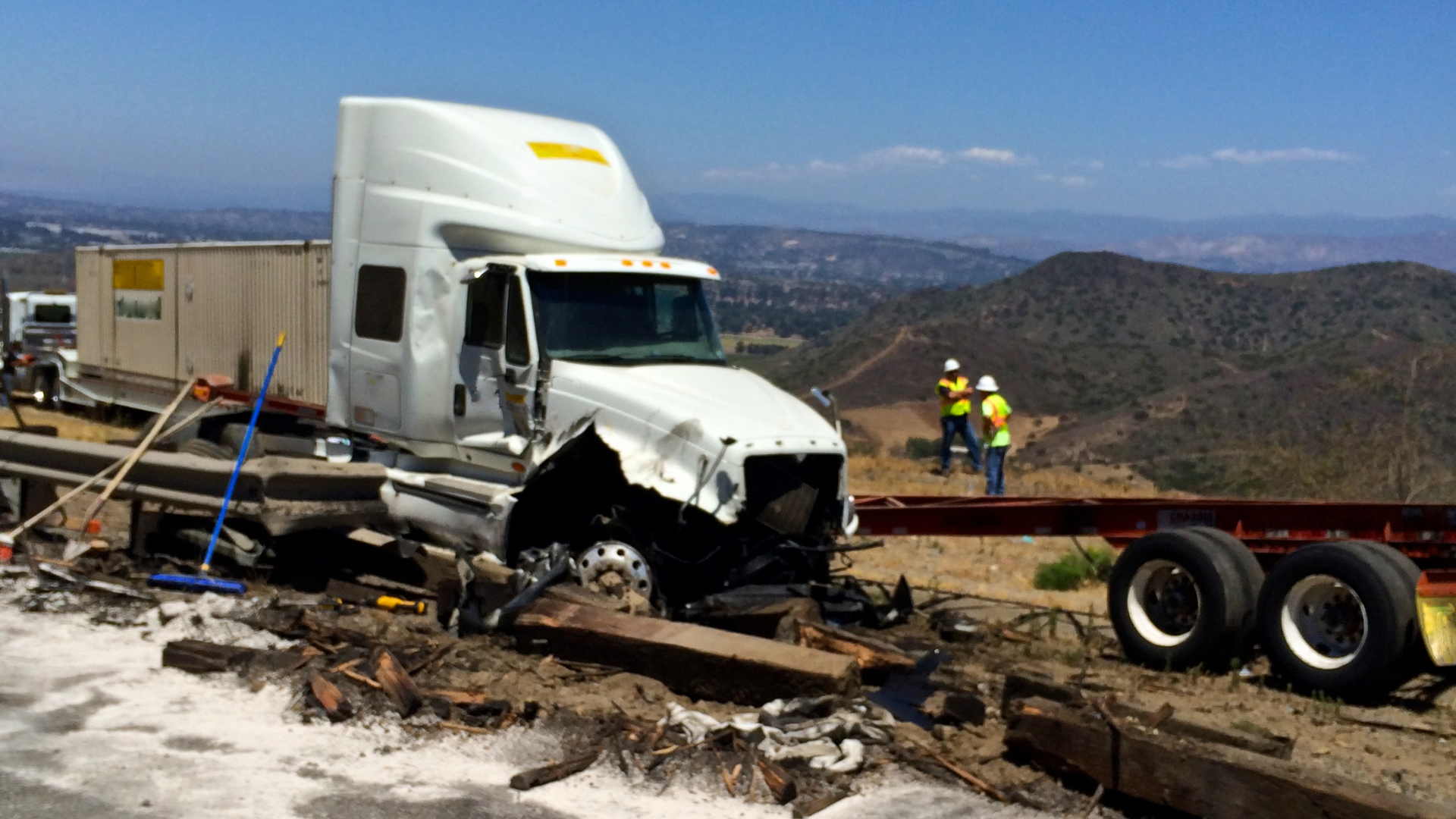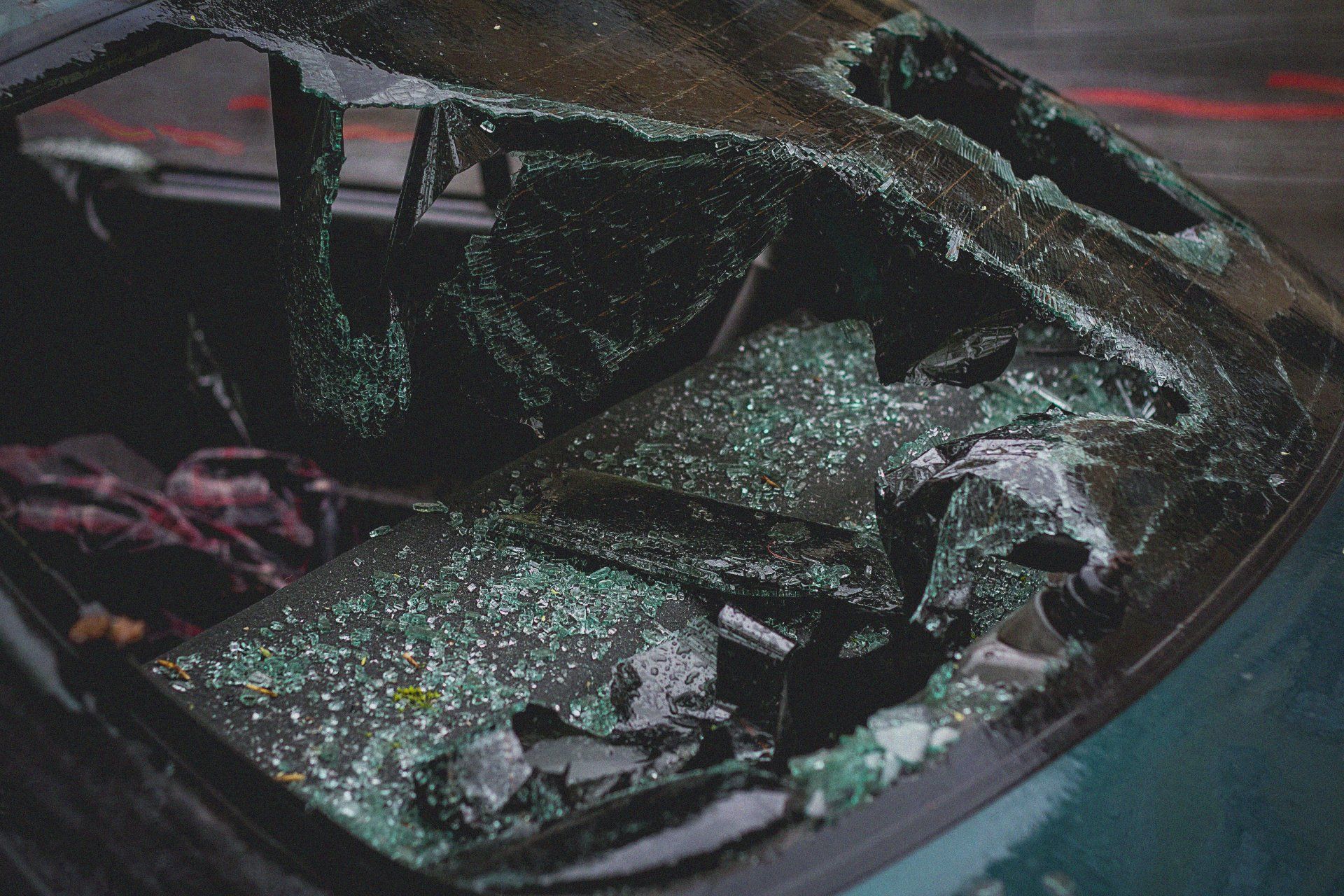Understanding the Right-of-Way
Virtually everyone is familiar with the phrase “the right of way.” But far fewer of us actually know what it means.
To put it simply, “right of way” means whoever is legally allowed to proceed first. This action comes up at intersections, on single-lane roads, and at every other section of road being passed through by two or more individuals, whether drivers, cyclists, or pedestrians.
When individuals don’t understand the right of way, accidents happen.
Drivers are responsible for driving with care, and that means respecting the rules of the road. If you’ve been injured in a car accident because a driver failed to yield the right of way, a car accident attorney may be able to help you claim compensation for up to 100% of your losses.
Read on to learn more about who may have had the right of way in your crash.
Types of Intersections
Determining the right of way depends on the type of intersection involved. Below, you can find some common intersections where you might need to determine the right of way while driving, as well as how to do so if need be.
- Controlled Intersection — with drivers directed by stoplights, these are the simplest intersections to maneuver. Simply follow the lights as directed.
- Uncontrolled Intersection — at intersections with four stop signs, yield to the first driver to arrive at the intersection or to any drivers on your right side.
- T Intersection — when one road dead-ends at an intersection with another road (forming a ‘T’), drivers on the dead-end road must yield the right of way to the cross-traffic.
- Multiple Lane Intersection — at intersections involving roads with multiple lanes, drivers on the road with fewer lanes should yield the right of way to the larger road or the road with the higher speed limit.
- Highway Ramps — vehicles entering a highway must yield to traffic coming from behind the entrance; vehicles using an access/exit lane to enter a highway must yield to vehicles using the lane to exit the highway.
Highway ramp right of way is more complex than the right of way order at other intersections due to the many types of highway entrances and exits used in the U.S. In the majority of cases, vehicles already on the highway have the right of way.
Other Circumstances to Yield the Right of Way
Intersections aren’t the only places where drivers will need to yield to another party. There are many other places and situations in which a driver will need to yield the right of way to another driver or pedestrian, including:
- At a yield sign
- For pedestrians using a crosswalk
- For persons using a guide dog or seeing-eye dog
- For those carrying a white cane, either with or without a red tip
- When turning left
- When turning right at a place where pedestrians may cross
- When entering a roadway from a parked position
Never take the right of way for granted. When you come to an uncontrolled intersection shortly before another driver, make sure that they are fully stopped and waiting before proceeding through the intersection. If you arrive at an intersection at the same time and to the right of another driver, be sure that they intend to give you the right of way before driving forward.
Right-of-Way Accidents and Who Is Responsible for Relief
In Texas, in many situations, drivers are required by law to yield the right of way to other drivers. If they fail to yield the right of way and cause an accident as a result, that driver may be held legally responsible for any injuries, suffering, and damage caused by the accident.
If you’ve been injured in an accident caused by a driver who failed to yield the right-of-way, contact the Houston car accident lawyers at Lapeze and Johns today for more information on making your case or claim.



